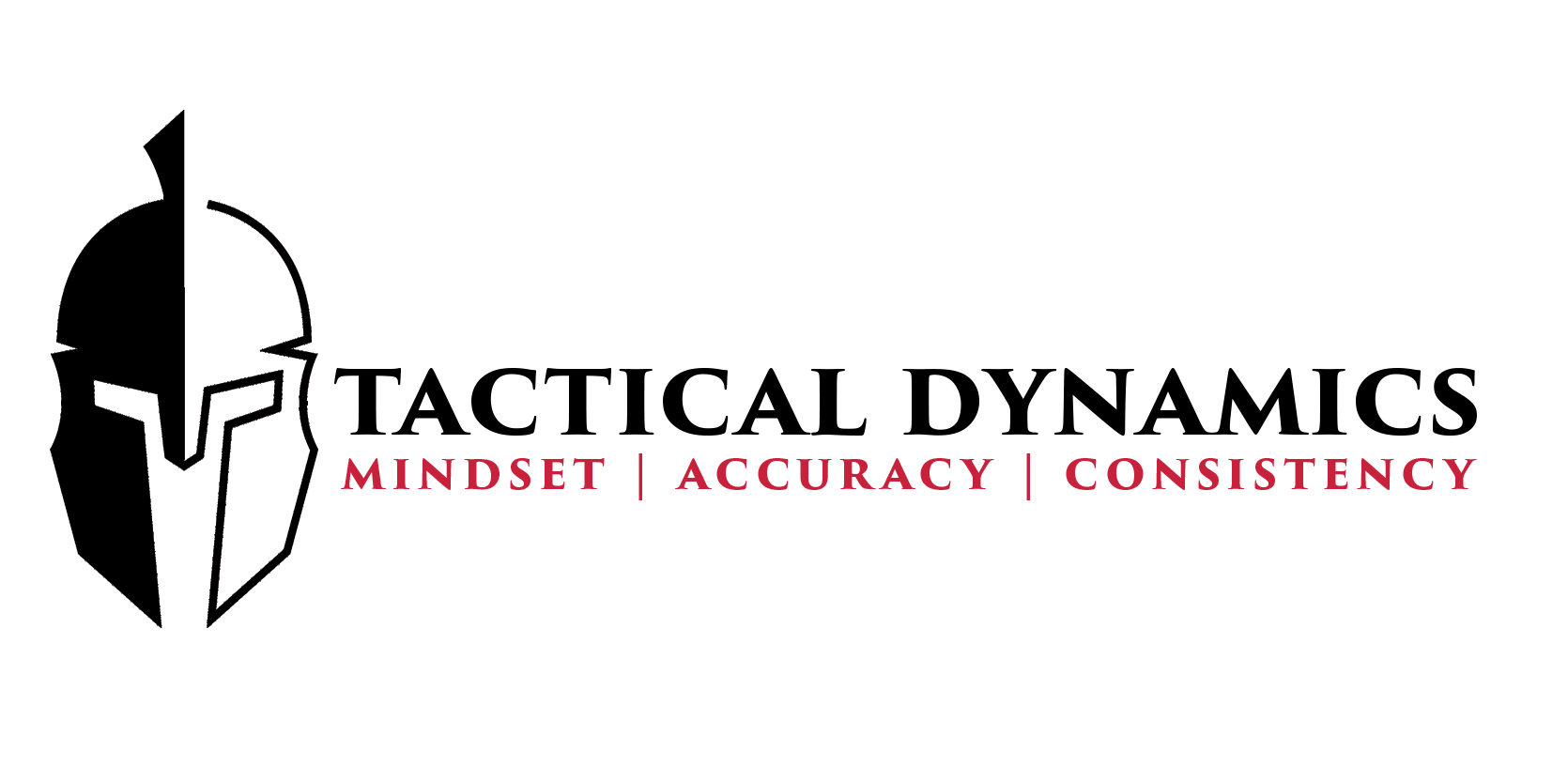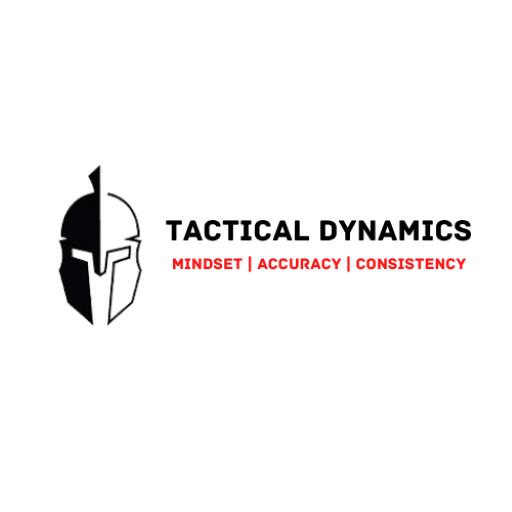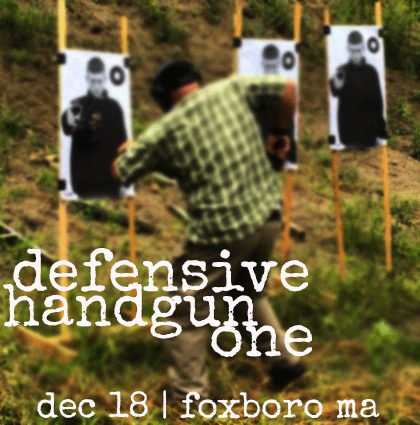06 Nov How To Get Faster With Your Blaster
I have had the honor of training with Steve Gilcreast at the Sig Academy several times over the past few years. This video sums up most of what we have worked on recently in regards to improving your split times and increasing performance. If you have taken any of our classes recently you will have noticed that the timer is ever present and we have shifted from a “yeah you missed a bunch but here’s how you did (now go get your trophy)” mentality to a simple “you did or you didn’t” measure of performance.
We don’t do this as a means of beating up on our students… its actually the opposite. We want you to perform the skills we teach to a certain, obtainable standard in line with commonly accepted capabilities. This means that you should be able to complete these tasks if you focus on….
Wait for it…
THE FUNDAMENTALS!
There is no magic pill or secret formula to success here. The answer is almost deceiving in its simplicity:
FLOAT THE DOT…. SHOOT THE SHOT.
What does that mean?
Previously there were SEVEN commonly accepted fundamental tasks that needed to take place during the firing sequence in order to accurately place rounds on target. The problem is that there were SEVEN! That is quite the order of operations to consistently perform in order to shoot your handgun.
The “old” way included:
- Obtaining a proper grip
- Assuming a proper stance
- Obtaining Sight Alignment
- Obtaining a proper Sight Picture
- Controlling your Breathing
- Exercising Good Trigger Control
- Following Through on Your Shot
That’s quite a bit to focus on… Now do it under stress. On a two-way range.
And we wonder why Law Enforcement has something like a 20% hit rate during lethal force encounters…
So we broke the fundamentals down using a Simple is Good (SIG) mentality. The two biggest determining factors in your ability to hit the target (read: perform) will be proper sight picture and good trigger manipulation. Everything else will need to be done as best as you can but we have proven time and time again that they are not mandatory. Good practice, yes, but certainly not mandatory.
FLOAT THE DOT:
We all know that you should be using your sights during any shooting exercise. They’re on the gun for a reason.
Use ’em.
However too many people get wrapped around the axle when it comes to aligning the sights and where to focus. I personally have switched to the Proctor Y Notch sights for my Glock and the difference is quite noticeable.
I currently am running a blacked out rear sight and a fiber optic front sight (wait… no night sights? More to come on that topic) and I have noticed my speed and accuracy (read: performance) increase. Naturally the distance to the target and degree of difficulty of the shot makes a HUGE difference in how we focus on the front sight, but for CQB distances I am looking for an acceptable sight picture. Distance shots require me to burn a hole in the front sight and actually find a point inside the dot to increase my chances of an accurate hit.
By the way… if you focus on the dot, you will follow through with your shot better. Smack two birds with one stone, eh?
SHOOT THE SHOT:
At some point in the shot sequence you are going to have to touch the bang switch and light that puppy off. How we do it will have the greatest determination on if we hit the target or not.
Say this to yourself over and over again until it sticks:
Move the trigger to the rear without moving the gun.
Now go back and say it again. And again. And again. Maybe even while you’re running through our Dry Fire Workout which you can get by clicking here.
There is no trick. The less movement you impart on the pistol, the more accurate you will be. Plain and simple.
If you would like to learn these skills in depth, click the image below to sign up for Defensive Handgun 1 on December 18th in Foxboro MA.
I hear the class is on sale for a little while…
As always, thanks for reading and leave us a comment!






No Comments